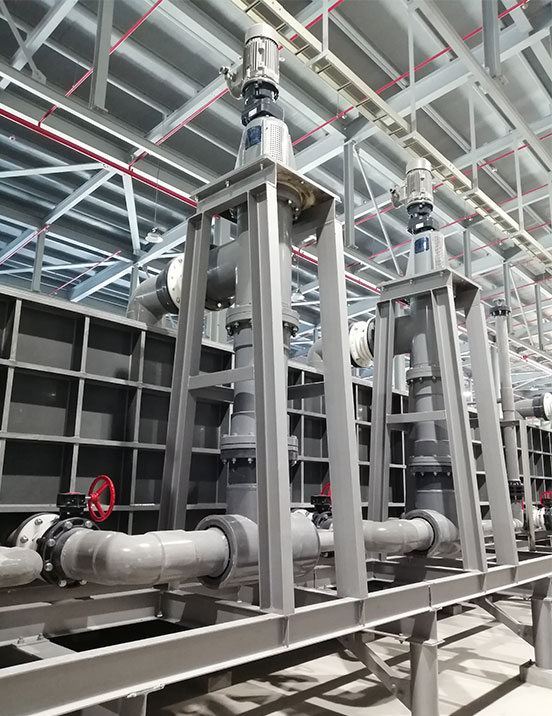During the manufacturing process of a
mixer-settler extractor, choosing the right materials is critical as it is directly related to whether the extractor can safely and efficiently handle specific chemicals. Assessing the compatibility of manufacturing materials with the chemicals being processed is a necessary and critical step. Below, we explore how to conduct this assessment.
We first need to understand the chemical properties of the material. Different materials react differently to different chemicals. For example, some metals corrode easily in acidic environments, while some plastics may dissolve in organic solvents. Therefore, understanding the basic chemical properties of materials such as corrosion resistance and solubility is the first step in assessing compatibility.
Secondly, we need to look at the chemicals we are dealing with. This includes understanding the properties, concentration, temperature and other conditions of chemicals. Different chemicals may have different effects on materials, and changes in conditions such as concentration and temperature may also change the interaction between materials and chemicals.
Next, we can refer to relevant literature or experimental data. These information and data usually document the compatibility of various materials with different chemicals. By reviewing this information, we can make a preliminary judgment as to whether a material is suitable for handling specific chemicals.
Of course, experimental verification is the most direct and accurate way to evaluate compatibility. We can simulate actual working conditions and observe the interaction between materials and chemicals through small-scale experiments. For example, we can observe how materials dissolve in chemicals, corrode, etc., to assess their compatibility.
Finally, we also need to consider other factors such as cost, processing performance, etc. While a material may be chemically compatible, it may not be practical for practical applications if it is cost-prohibitive or difficult to process.
